Egyptian Surrealism and the Quest to Define Modern Art in Egypt
Hyperallergic travels to Cairo to see one among a new wave of exhibitions that are reintroducing Egyptian modern art to a wider audience.
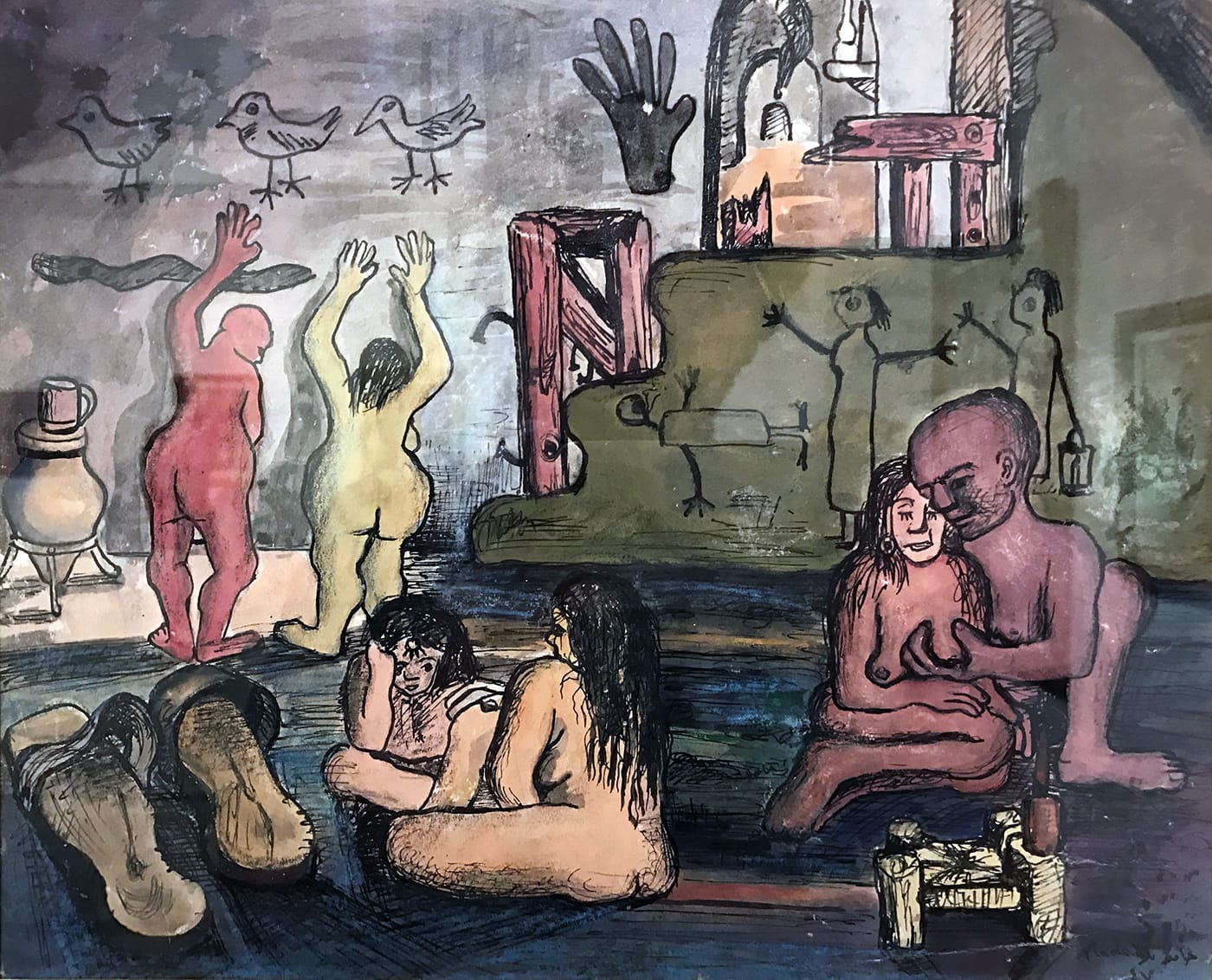
The calls to revise the canon of art history have grown louder in the last few years, but the research, curation, and collection of art from regions that have long been overlooked or ignored is a slow process. Egyptian modern art appears to be the latest to undergo this process of rediscovery and integration into the larger history of art. Two major traveling shows (one beginning at the Centre Pompidou in Paris and the other at the Palace of Arts in Cairo) are reexamining this period and prominent Egyptian modern artists, including George Henien, Hamed Nada, Ramsis Yunan, ‘Abd al-Hadi al-Gazzar, and Van Leo.
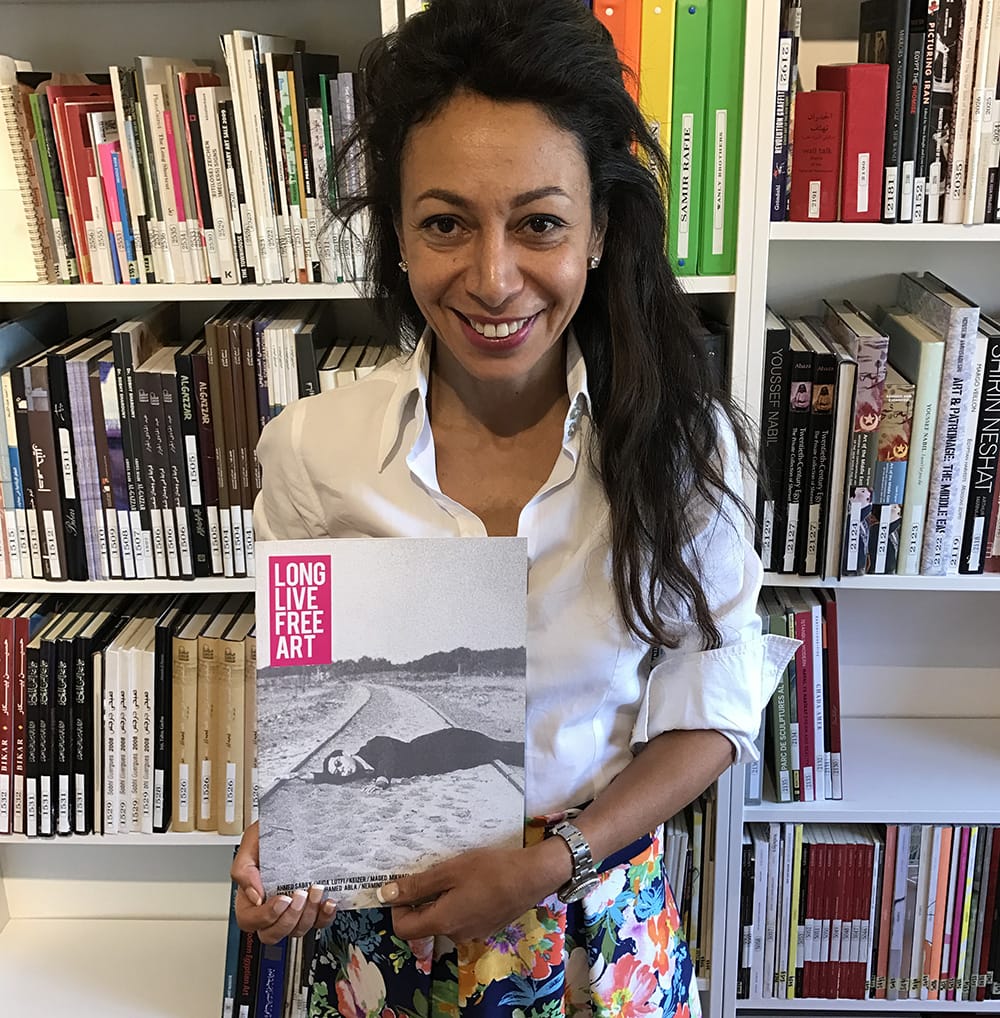
Hyperallergic traveled to Cairo to see the When Arts Become Liberty: The Egyptian Surrealists (1938–65) exhibition organized by Sharjah Art Foundation Director Hoor Al Qasimi, Salah M. Hassan of Cornell University, Ehab Ellaban of Cairo’s Ufuq Gallery, and Nagla Samir of the American University in Cairo.
The show in Cairo concentrates on four decades (1930s–1960s) and two art groups (Art and Liberty, and the Contemporary Art Group), though the end of the exhibition ventures beyond those dates to integrate contemporary work as a way to show how the threads of Egyptian modernism continue to inform art today.
On the podcast, we talk to Fateen Mostafa Kanafani of Art Talk gallery in Cairo, Sharjah Art Foundation Director Hoor Al Qasimi, and Metropolitan Museum curator Clare Davies about the history of modern art in Egypt, the factors that contributed to this flowering, and the inclusion of non-Western modernism in Western museums.
Here are some images from the Cairo exhibition:

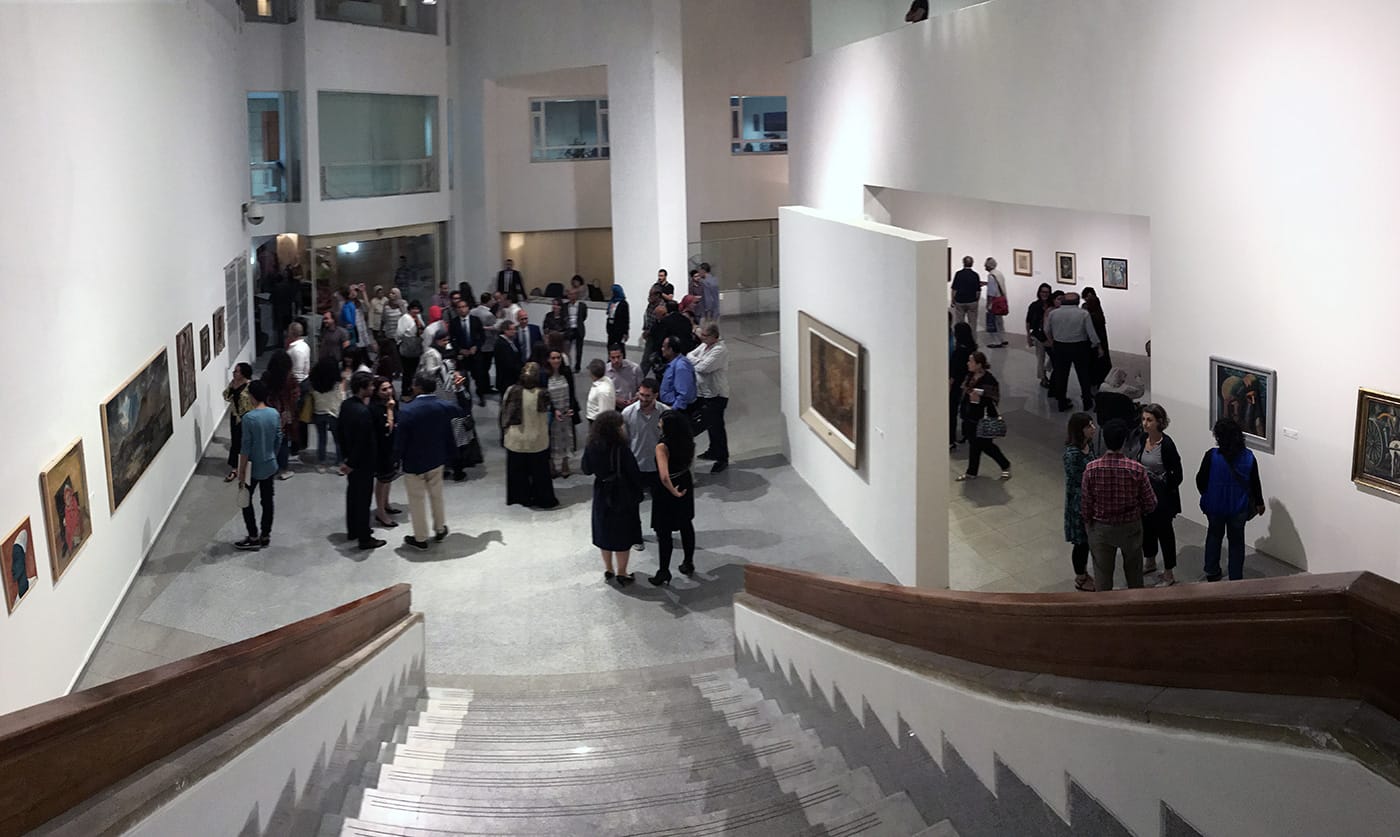
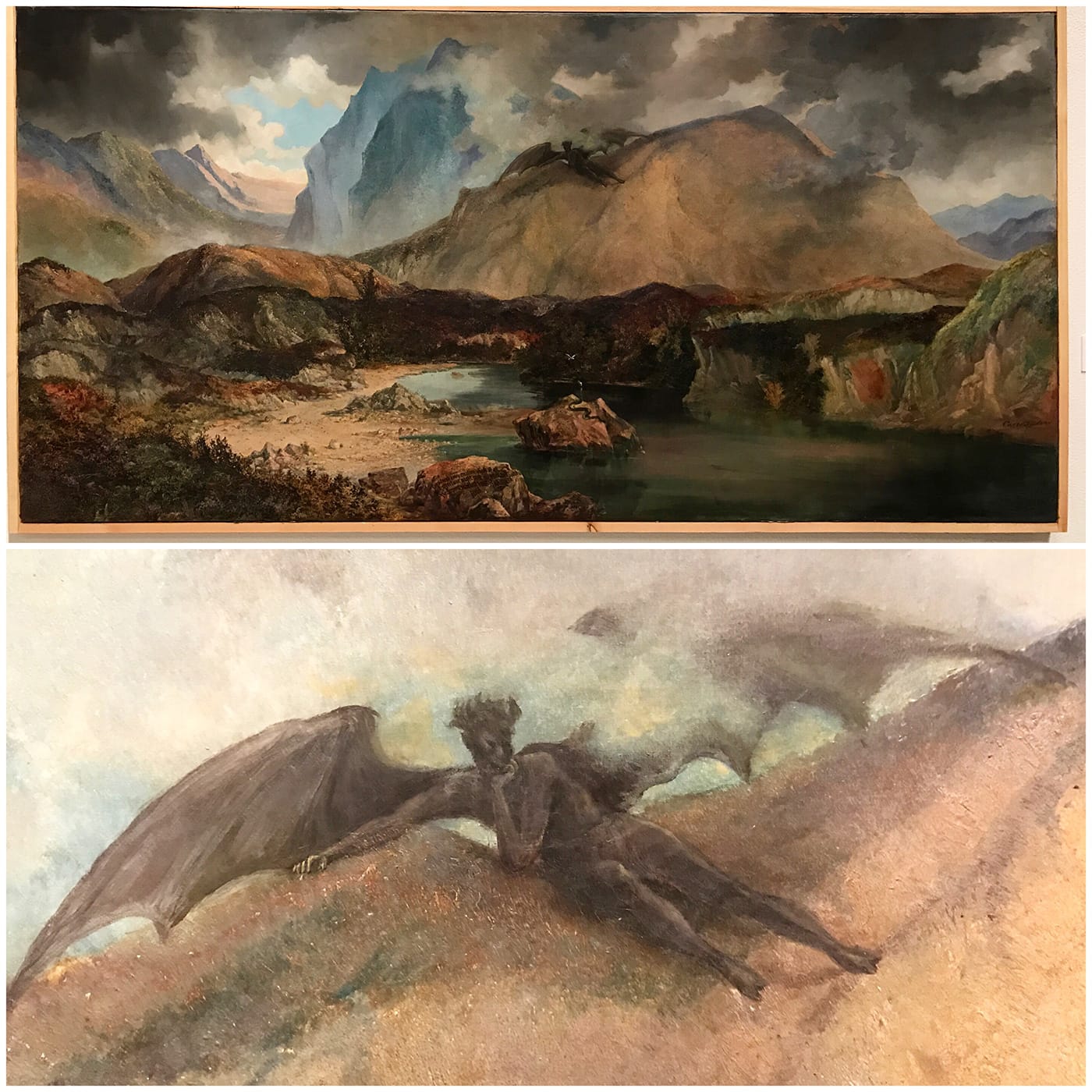
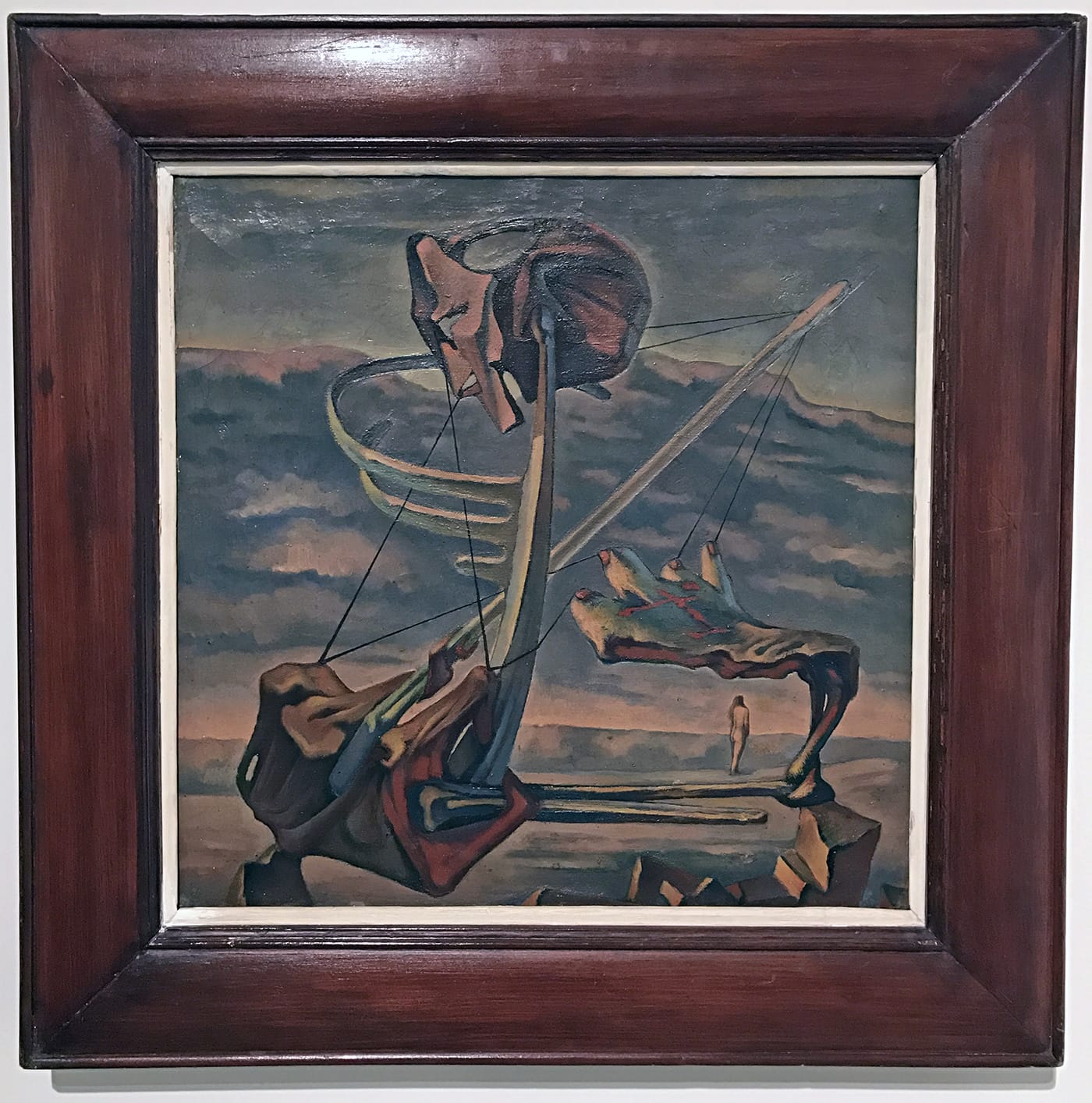
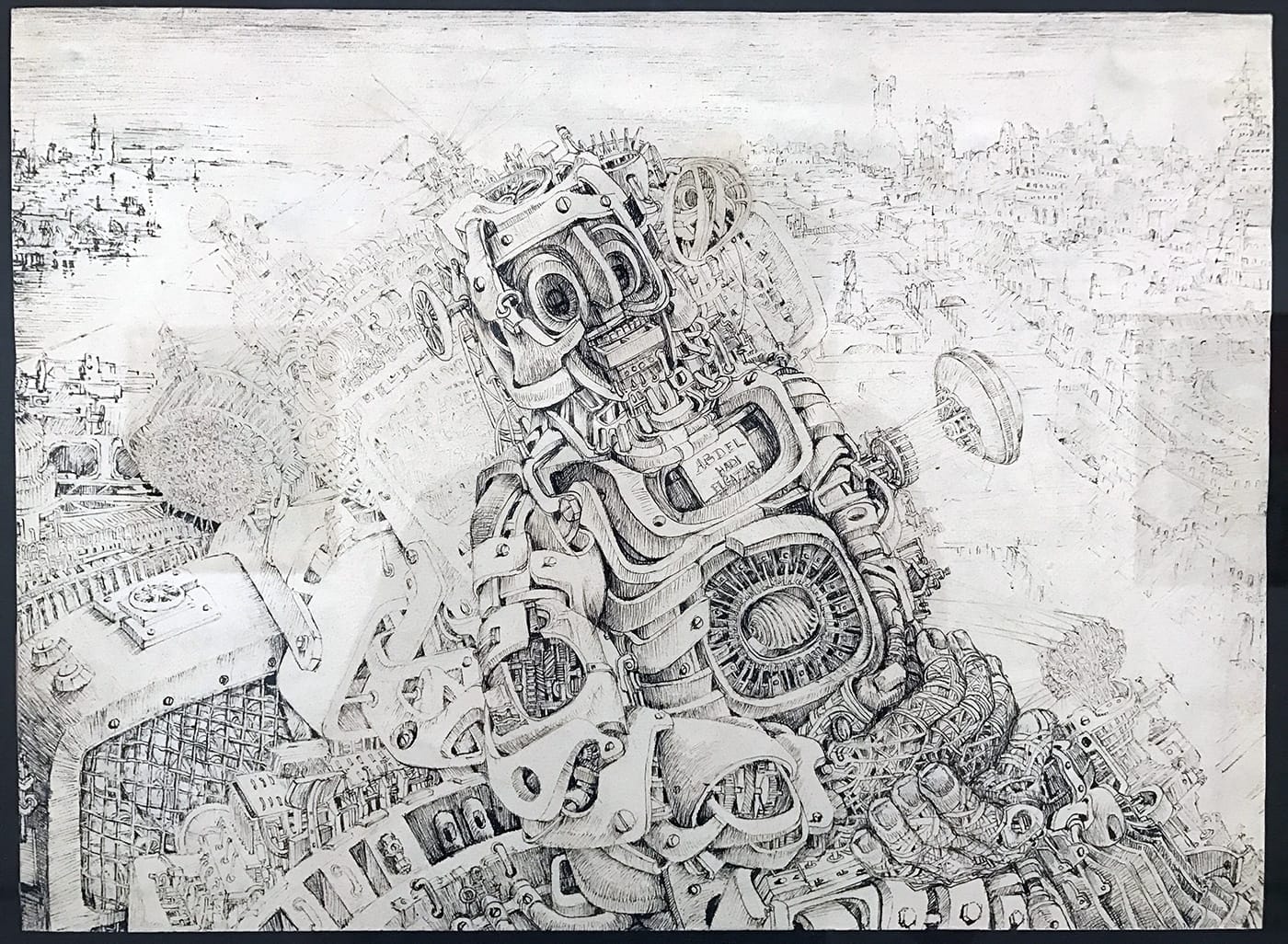
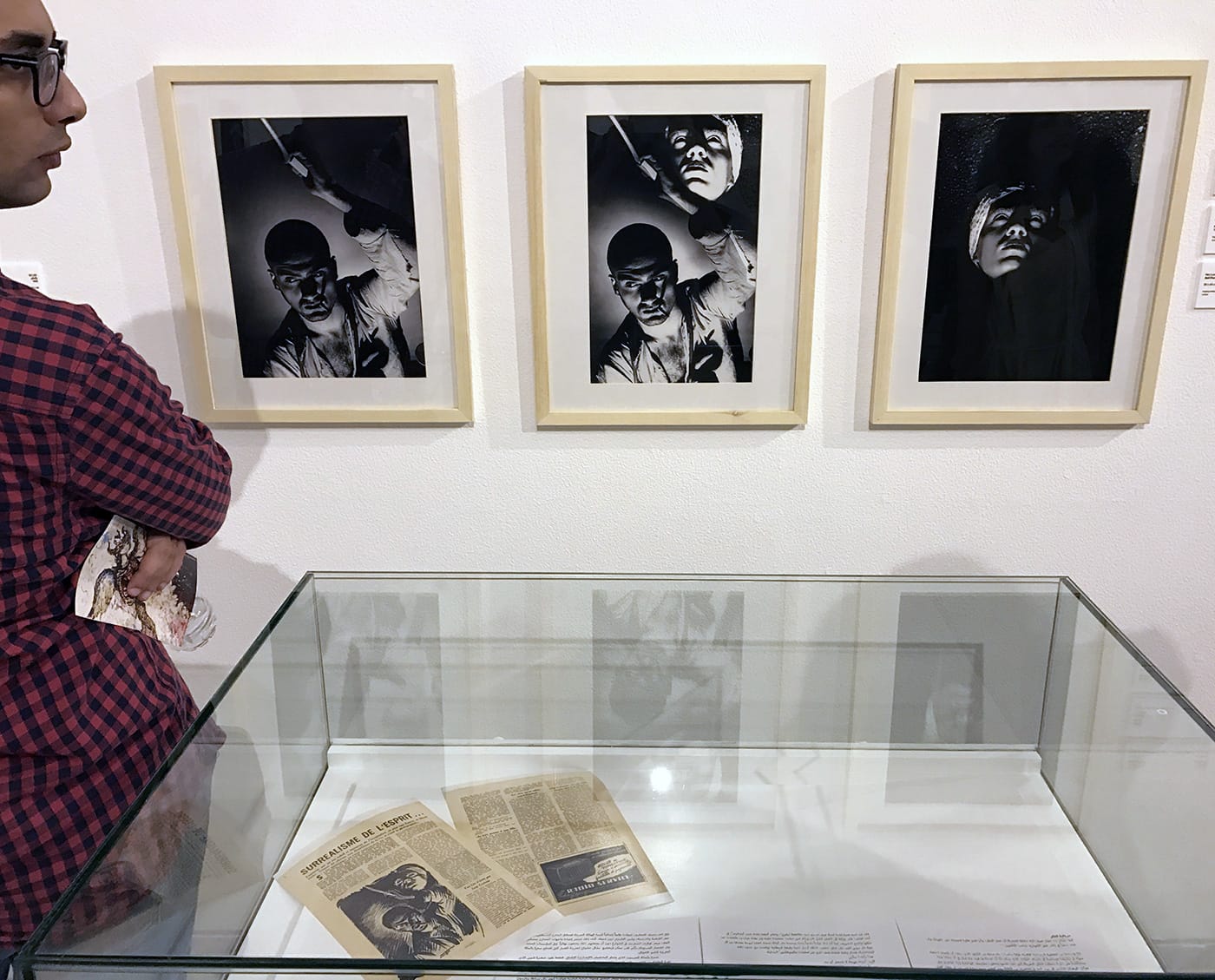
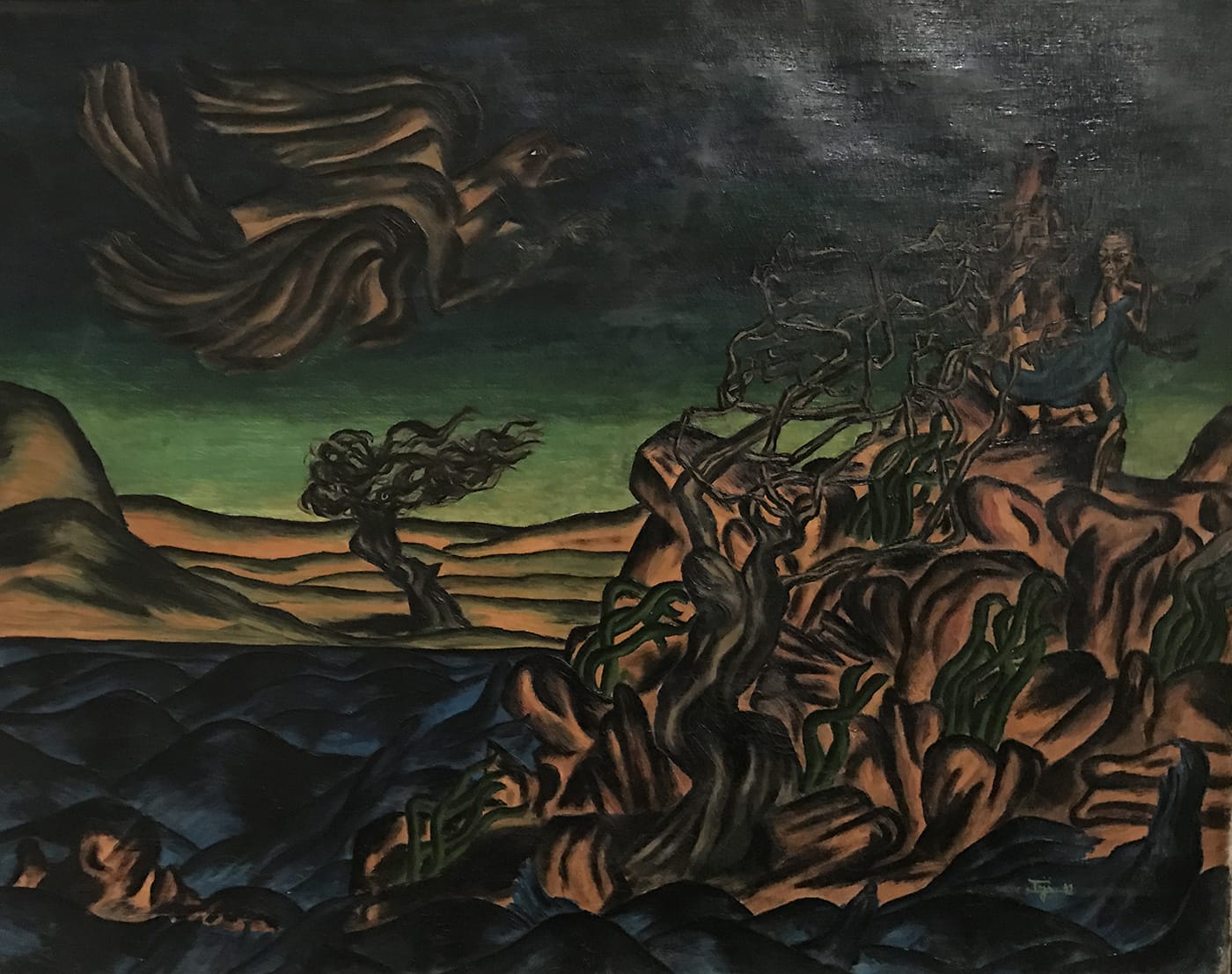
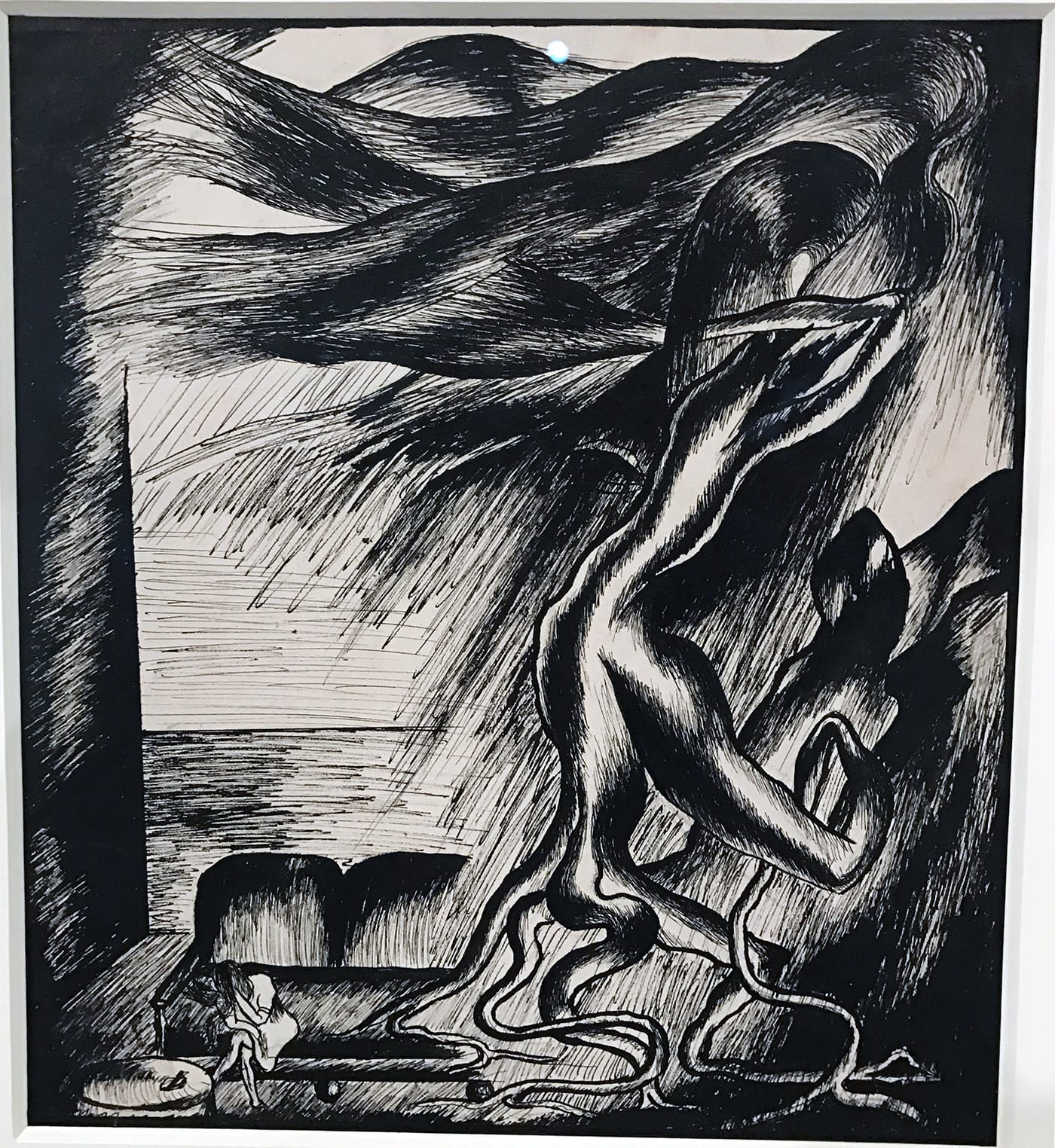
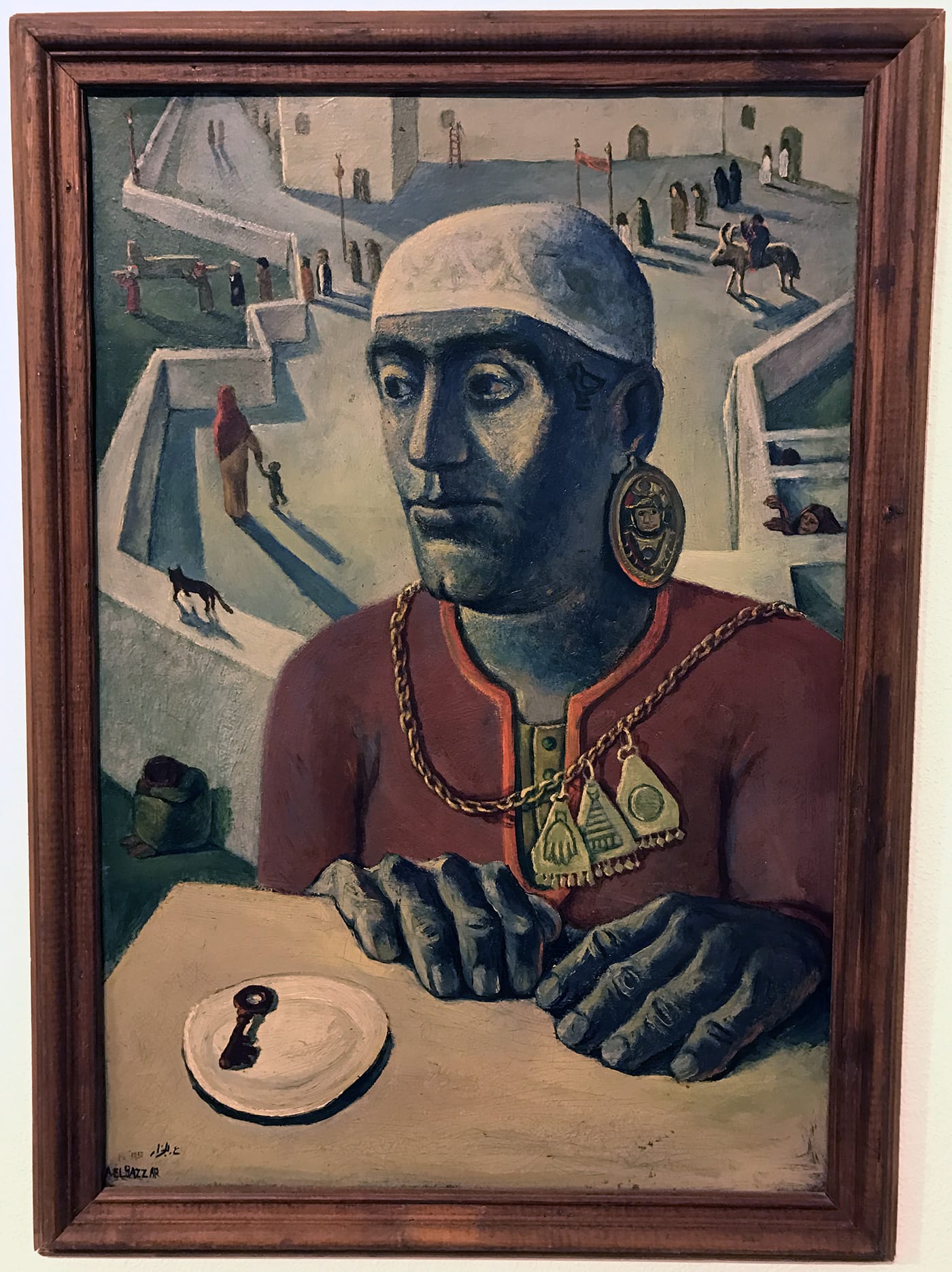






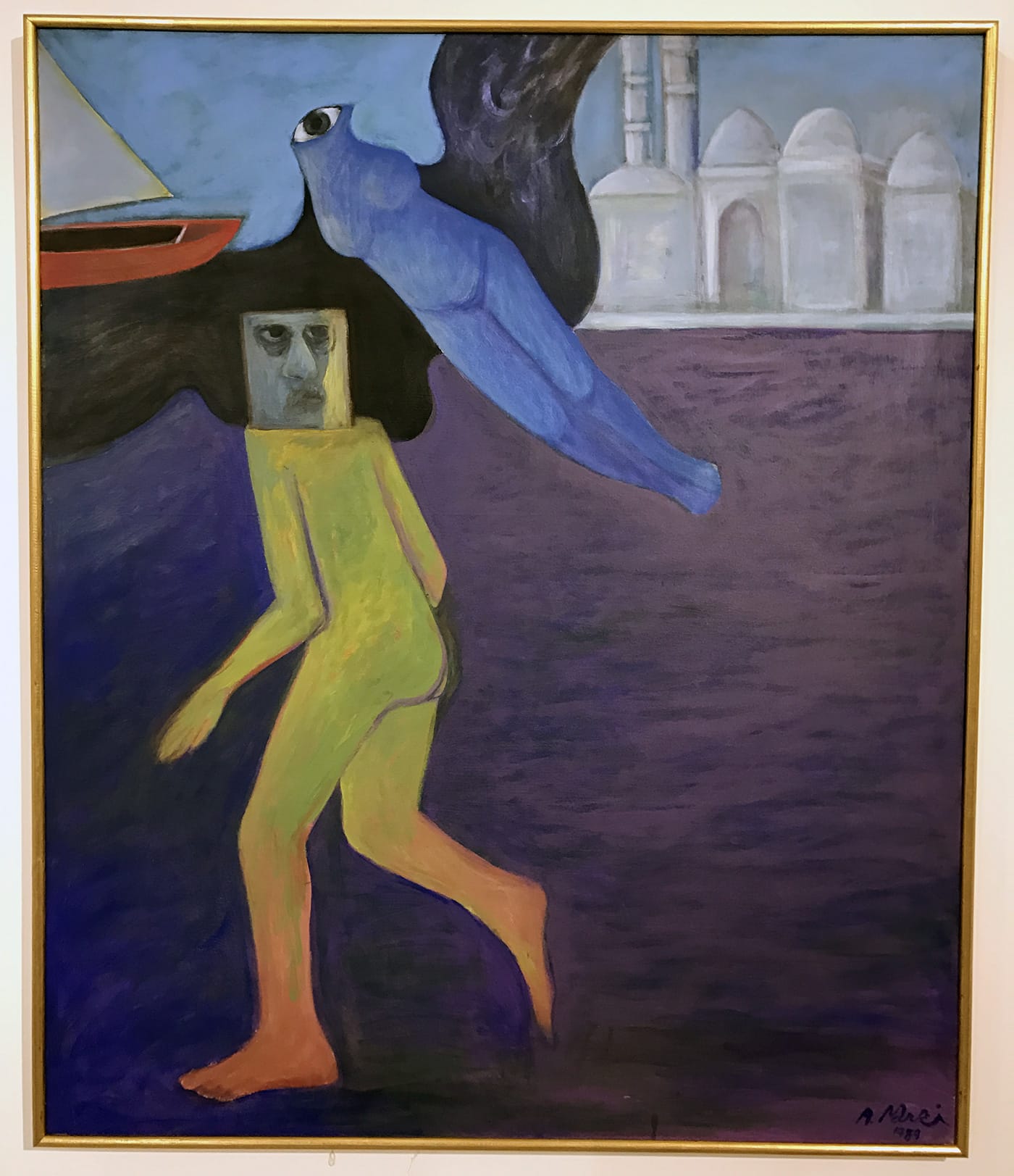
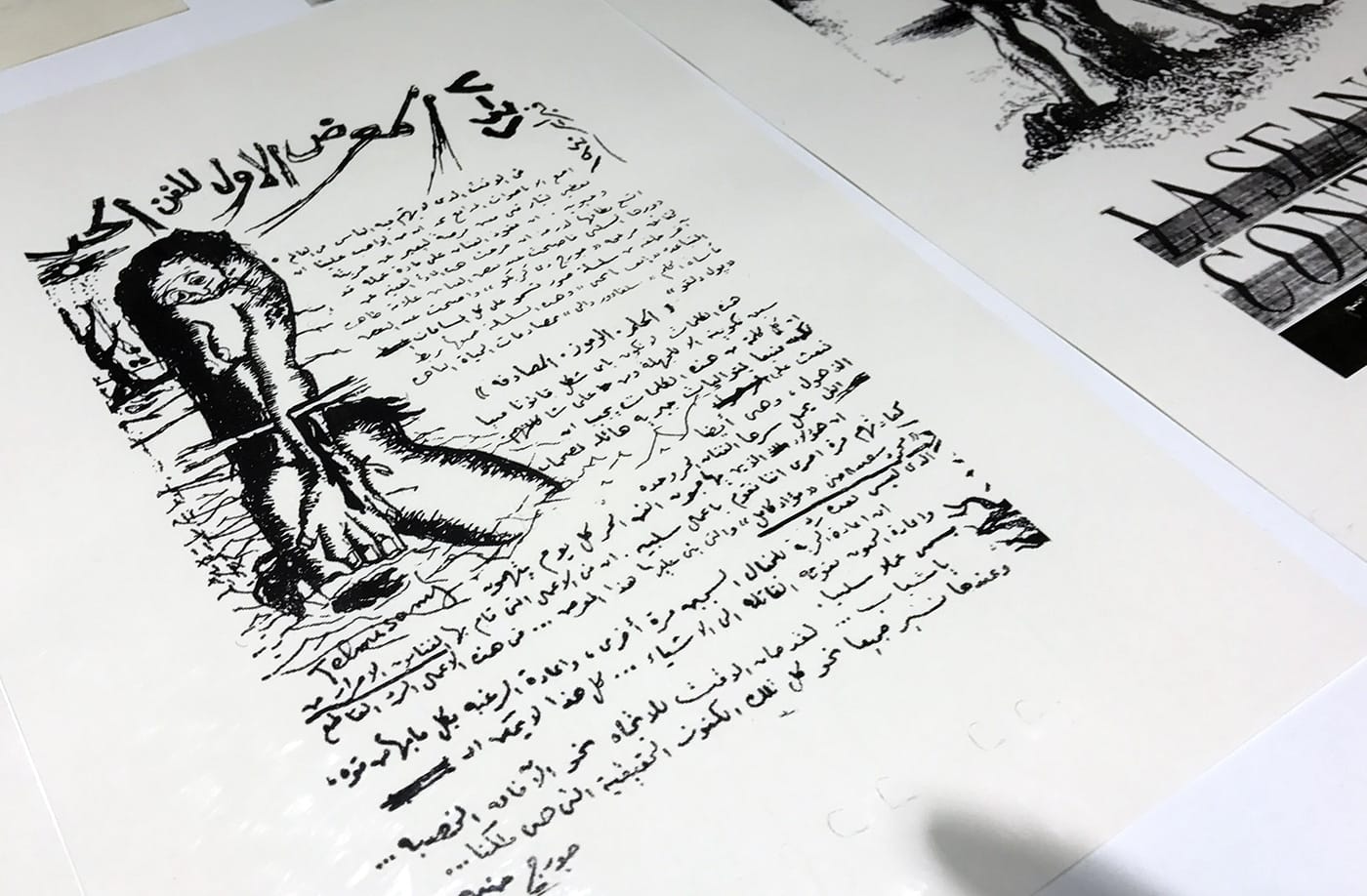
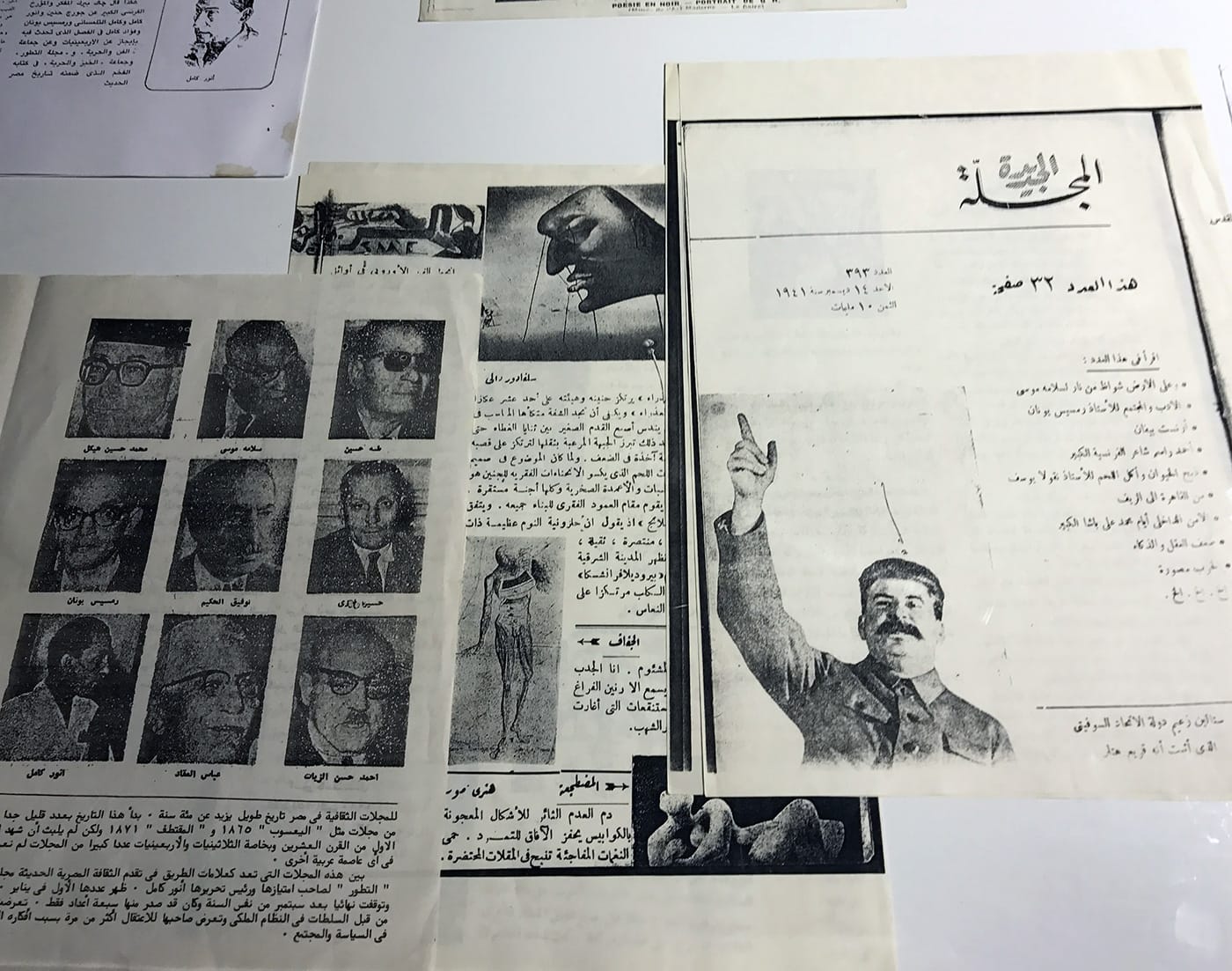
You can subscribe to the Hyperallergic Podcast on iTunes, Soundcloud, or via RSS.





